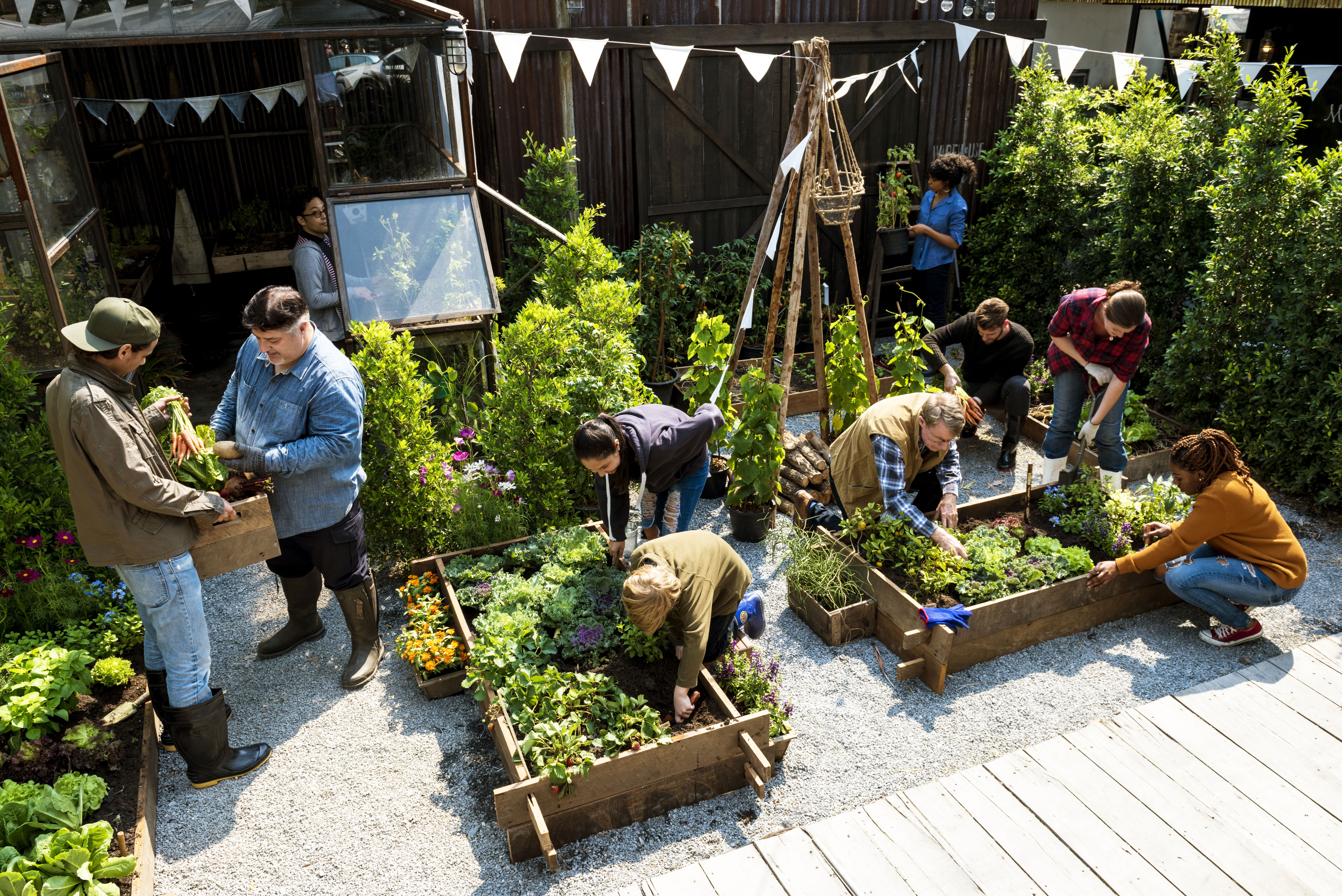Permaculture Design: Principles and Projects for Sustainable Living in 2025
Introduction
In 2025, as climate challenges intensify and resource scarcity looms, permaculture design emerges as a beacon for sustainable living. Originating from the Greek words "perma" (permanent) and "culture," permaculture is a holistic design system that mimics natural ecosystems to create self-sufficient, resilient human habitats. Unlike conventional agriculture, which depletes soils, permaculture builds abundance through the ethics of earth care, people care, and fair share.
This article unpacks the 12 core principles, inspired by pioneers like Bill Mollison, and showcases practical projects—from backyard food forests to community energy systems. With global courses like Zaytuna's Permaculture Design Certificate emphasizing hands-on learning, 2025 marks a surge in urban and rural applications. Whether you're a novice gardener or aspiring homesteader, these tools empower regenerative lifestyles that heal the planet while nurturing communities.
The Ethics and Foundations of Permaculture
Permaculture rests on three ethics: Care for the Earth (protecting ecosystems), Care for People (meeting needs sustainably), and Fair Share (limiting consumption and redistributing surplus). These guide the 12 design principles, which serve as a framework for observing, interacting, and innovating in harmony with nature. In 2025, amid rising food insecurity, these foundations adapt to urban contexts, integrating vertical farming and digital tools for precision design. As X users share, blending permaculture with wildcrafting—like raising chickens alongside herbs—makes it accessible for beginners.
The 12 Principles of Permaculture Design
Outlined by David Holmgren, these principles translate ethics into actionable strategies.
- Observe and Interact: Spend time in your space to understand patterns. In 2025, apps like iNaturalist aid observation for site-specific designs.
- Catch and Store Energy: Harvest renewables like solar or rainwater. Projects include DIY solar stills from recycled materials.
- Obtain a Yield: Ensure systems produce food, fuel, or fiber. Herb spirals yield diverse crops in small spaces.
- Apply Self-Regulation and Accept Feedback: Monitor and adjust, like pruning based on pest signals.
- Uses and values Renewable Resources and Services: Prioritize perennials over annuals for long-term yields.
- Produce No Waste: Turn scraps into compost or mulch, closing nutrient loops.
- Design from Patterns to Details: Start with natural flows, like swales following contours.
- Integrate Rather Than Segregate: Companion planting boosts biodiversity and resilience.
- Use Small and Slow Solutions: Micro-scale guilds prevent overwhelm and build skills gradually.
- Uses and values Diversity: Polycultures deter pests and enhance soil health.
- Use Edges and Value the Marginal: Keyhole gardens maximize productive edges.
- Creatively Use and Respond to Change: Adapt to seasons or climate shifts with flexible designs.
These principles, as detailed in UC ANR's intro PDF, form a blueprint for conscious functional design.

Practical Permaculture Projects for Sustainable Living
Permaculture thrives on projects that stack functions—e.g., a pond providing water, habitat, and fish. Below are scalable ideas for 2025.
Backyard Food Forest
Mimic forest layers: canopy trees (apples), shrubs (berries), herbs (mint), and groundcovers (strawberries). Start with soil testing and guild planting—e.g., comfrey under fruit trees for nutrients. Yield: Year-round produce with minimal inputs. Cost: $200-500 for starters.
WaRainwater Harvesting Systems include swales and keyline plowing, which capture runoff and reduce erosion by 90%. Additionally, DIY rain gardens with native plants help filter pollutants.n arid 2025 climates, these boost resilience.
Composting and Waste Transformation
Build a three-bin system for hot composting, turning scraps into soil in 6 weeks. Advanced: Worm bins for tea production, as in Mars' 50 projects.
Chicken Tractors and IntegRated livestock are fertilized by mobile coops as they move.ove, embodying Principle 8. Start small: 4-6 hens for eggs and pest control.
Solar Dehydrators and Energy Projects
Harness the sun for food preservation, aligning with Principle 2. Off-grid setups, per Willow Smart's guide, include DIY panels for homesteading.
Urban Balcony Permaculture
Vertical planters and aquaponics suit apartments, yielding herbs and fish. These projects, from Portugal's January PDC to Santa Cruz's skills course, emphasize hands-on implementation.
Implementing Permaculture in Communities
Scale up via eco-villages or neighborhood guilds. In 2025, the Permaculture Lab's course teaches community designs for food sovereignty. Share tools, seeds, and knowledge to embody fair sharing.
2025 Trends in Permaculture
Digital integration: AI for zone mapping; blockchain for seed tracking. Climate-adaptive hybrids blend permaculture with agroforestry for carbon sequestration. X buzzes around books in a way that highlights accessible entry points, similar to Mars' edition. Challenges: Initial labor and misinformation. Solutions: Online communities and certified courses.
Conclusion
Permaculture design in 2025 offers timeless principles for a regenerative future, turning challenges into yields through thoughtful projects. As echoed in guides and forums, start observing your space today—sustainable living awaits.